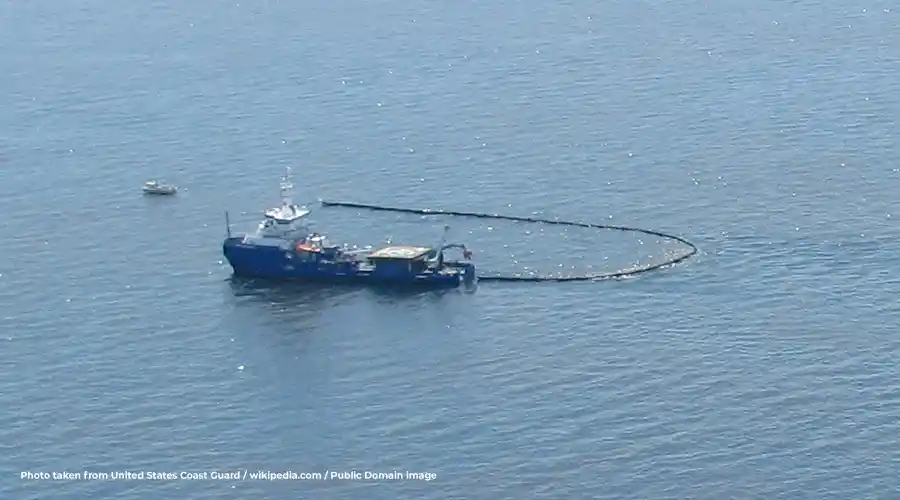Oil spills are major ecological disasters. Not only do they take huge amounts of time and much manual labor to clean up, but the effects of the spill are also long standing and not fully understood. Manufacturers of containment equipment have played an important role in not only containing oil spills but protecting the environment as well.
Following are a few examples of green ways to clean up an oil spill that may be our best weapons to fight such calamities in the near future. The deployment of booms, skimmers, inflatable oil containment barriers, and absorbent pads all play a major role in protecting the environment and preventing the spread of oil spills that could cause irreversible damage to both human and marine life.
Bioremediation
Humans may be at the top of the food chain, but it is the invisible microbes that in reality rule the world. And in the marine environment there are plenty of naturally occurring bacteria that can break down oil particles into non-toxic residues. These bacteria can work in the most inhospitable and inaccessible of environments. In fact, they are even effective on underwater oil plumes that are hard to clean up manually.
Natural oil leaks in the ocean are contained by these naturally occurring bacteria, but when an oil spill the size of the recent BP oil spill in the Gulf of Mexico happens even these natural fighters have a hard time cleaning it up. This is when scientists turn to ‘Bioremediation’ – the process of using naturally occurring microbes, plants such as fungi, and naturally obtained enzymes that can break down the oil and aid the natural bacterial flora of the ecosystem in breaking down the oil spills.
Bio-fermentation
Bio fermentation is the process that uses genetically engineered microbes to clean up oil spills. However, the catch here is that when you introduce lab engineered bacteria into a natural environment they get taken over by the naturally occurring flora of the region. That is why it is a better option to increase the effectiveness of naturally occurring oil degrading bacteria in the region by selective pressure. This method was utilized to produce bacterial strains that had higher oil-eating capabilities to aid the clean-up process in the Gulf post the BP oil spill.
Because the engineered strain of bacteria is derived from naturally occurring flora, it has a higher chance of surviving when re-introduced into the natural environment i.e. the Gulf waters. These engineered lines are known as ‘super-bacteria’ due to their enhanced capacity for oil degradation.
Bio-stimulation
Bio stimulation is a corollary to the bioremediation process, and it involves modification of the natural environment to improve the growth of the indigenous bacterial flora that can degrade oil. One such product that is used for environmental modification is the ‘Petroleum Removal Product’ or PRP that is made out of beeswax microspheres. These microspheres attract bacteria and boost their growth thus creating a bacterial bloom that can degrade large oil spills. Since the stimulating product is also consumed by the bacteria during the degradation process, the expanded bacterial bloom is self- contained and dies off as soon as the oil spill and the PRP is degraded to safe by products. Thus, the environment is restored to its natural state without any damaging effects.


